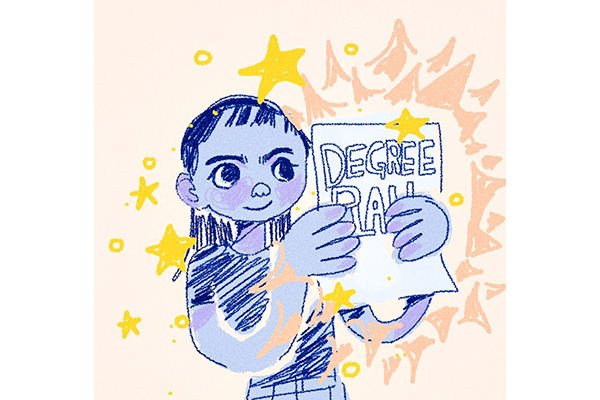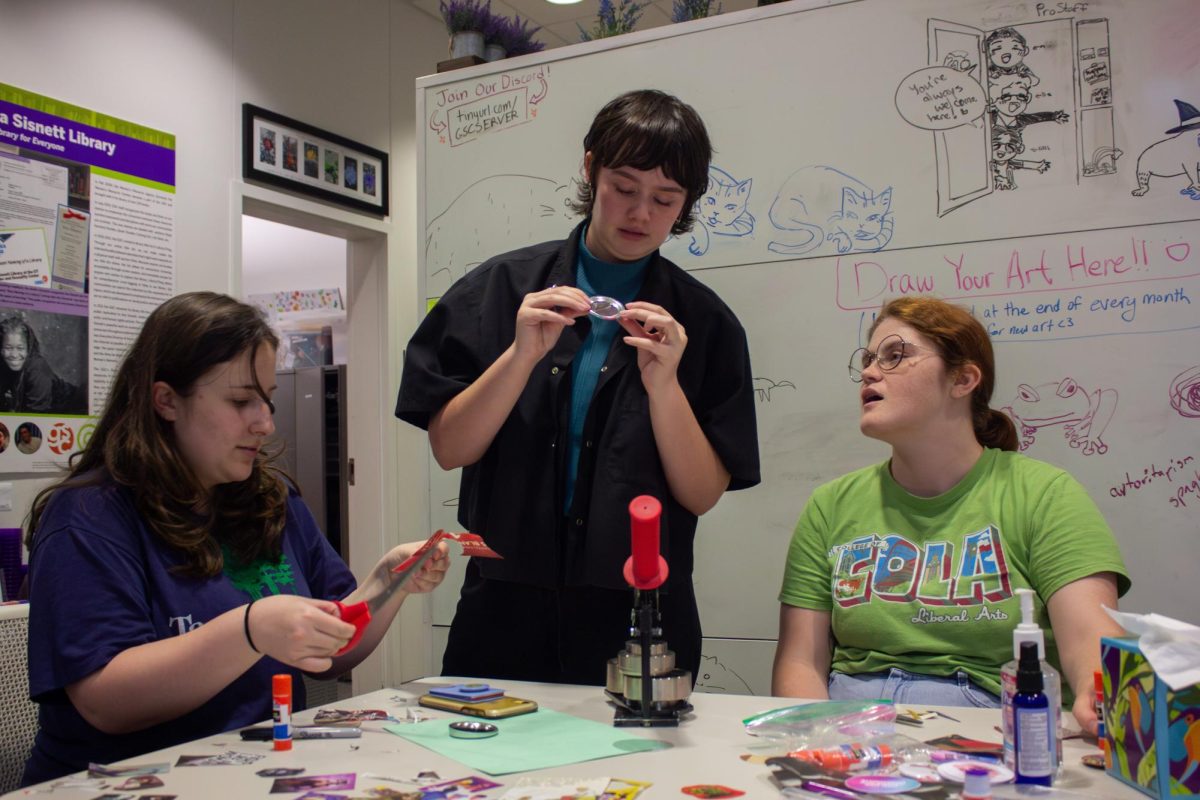Degree requirements can feel restricting on students who don’t know better options are only one advising appointment away.
Course catalogs define the degree requirements and available courses for every major, and students adhere to the catalog pertaining to the year they entered UT. However, few are aware they can make the switch to newer catalogs, reinvented every two years for incoming classes of students.
Changes to course catalogs are implemented to create or modify courses, minors and even new majors, said Mark Bernstein, associate dean for undergraduate education at the Moody College of Communication. Bernstein and his team work with departments to give students more enriched degree plans.
“(Two) years ago, we created the communication and leadership degree,” Bernstein said. “Those are catalog changes that are driven in large part by changes in academic fields and in response to students (and) faculty.”
Students can upgrade to a catalog that better aligns with their graduation track. One change from the 2016–2018 catalog to the 2018–2020 catalog across Moody is that students have the option to fulfill their language requirement through proficiency tracks or pairing language and culture courses.
This change was beneficial for journalism senior Cathleen Llamas, because she could use a culture course in the journalism department to fulfill a language and upper-division requirement, she said.
“I needed 27 hours of upper-division, and I was only going to be able to take 24 (hours) this semester and next semester,” Llamas said. “Now that I (am) able to knock out three hours to six hours in total, I can graduate on time. It would have thrown things off with career moves.”
Exercise science sophomore Brittany Ashworth said she switched her catalog because a required physics class was dropped in the recent catalog.
“I did not (so) great in physics one, and I took it forever ago,” Ashworth said. “Physics two is just electricity, and it was like, ‘What does that have to do with exercise science?’”
Both Ashworth and Llamas said they heard about the catalog changes through peers and didn’t have knowledge about switching catalogs.
Llamas said she had difficulty understanding her course catalog and relied on her adviser to tell her what courses she needed to take.
“Switching over, I was able to take initiative,” Llamas said, “and I was able to be more proactive about the courses.”
Academic advisers go through training for each catalog, Bernstein said, and can easily switch students onto more recent ones. However, students may not switch to older catalogs, he said, since the new catalogs work to improve upon past courses and requirements.
“Part of what we do is to make sure all of that is consistent with University policy, and you don’t have one department going in one direction and others going in another,” Bernstein said. “Otherwise, that would all be very confusing for the students.”
Although switching course catalogs may have benefits, other differences might require students to take other fundamental courses, or previous credits may not remain in effect, Bernstein said.
Llamas said she recommends switching catalogs to people that have similar concerns as she had.
“If you want to do it, I would recommend making an appointment (with your adviser) just to make sure it doesn’t screw up your hours that you need before you graduate,” Llamas said. “But otherwise, it was super easy.”





















